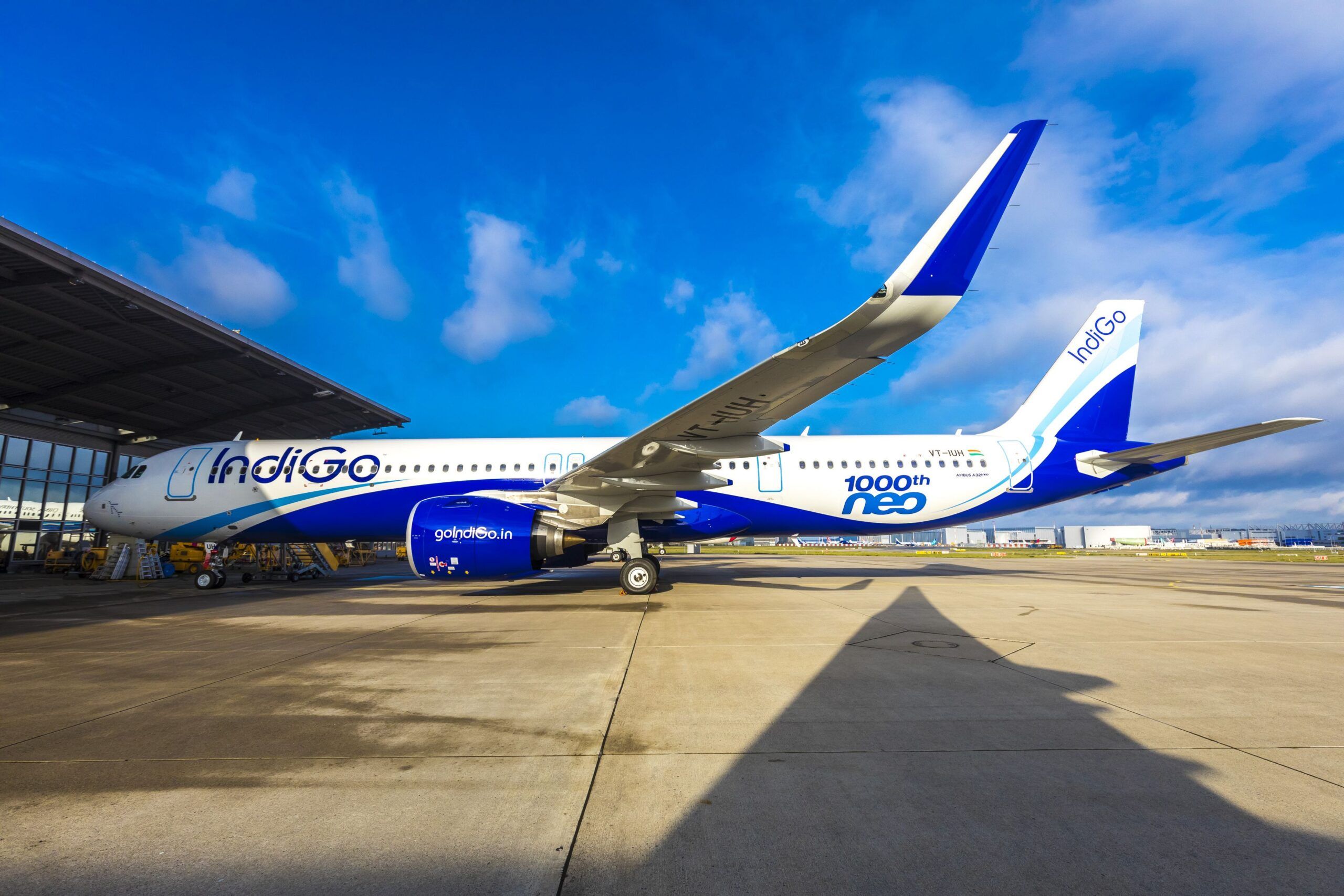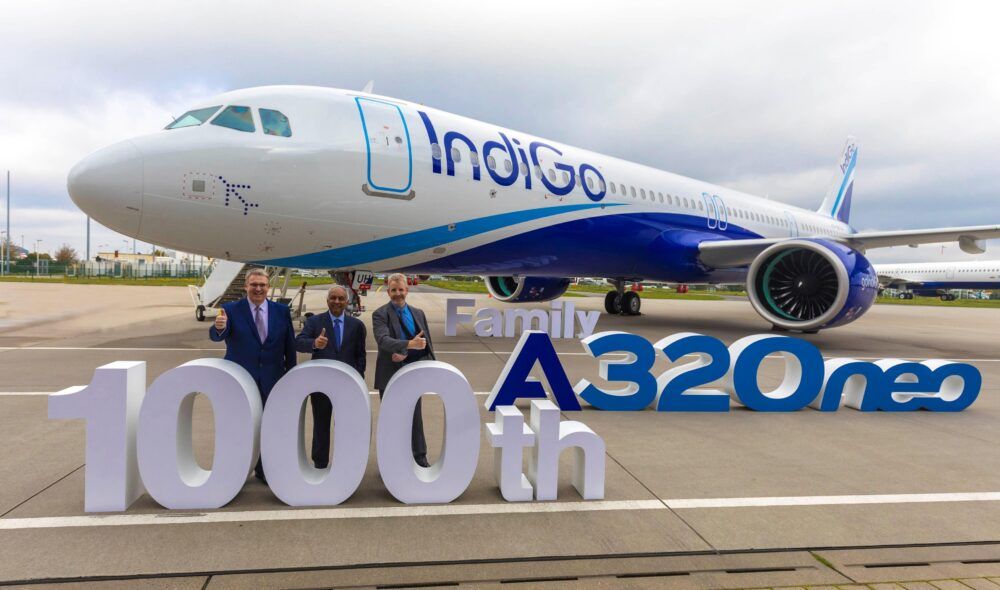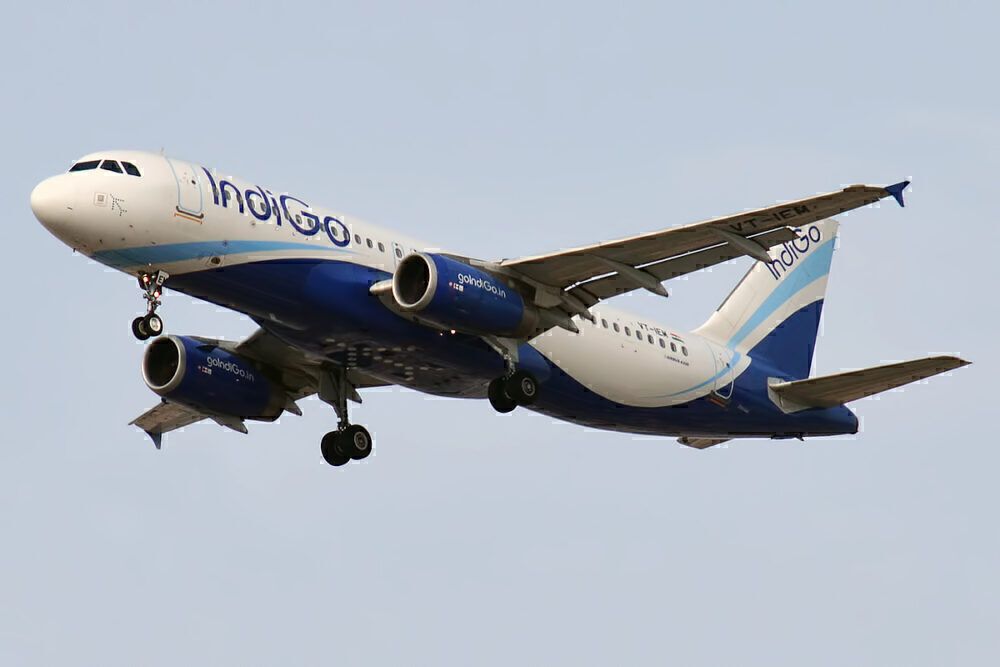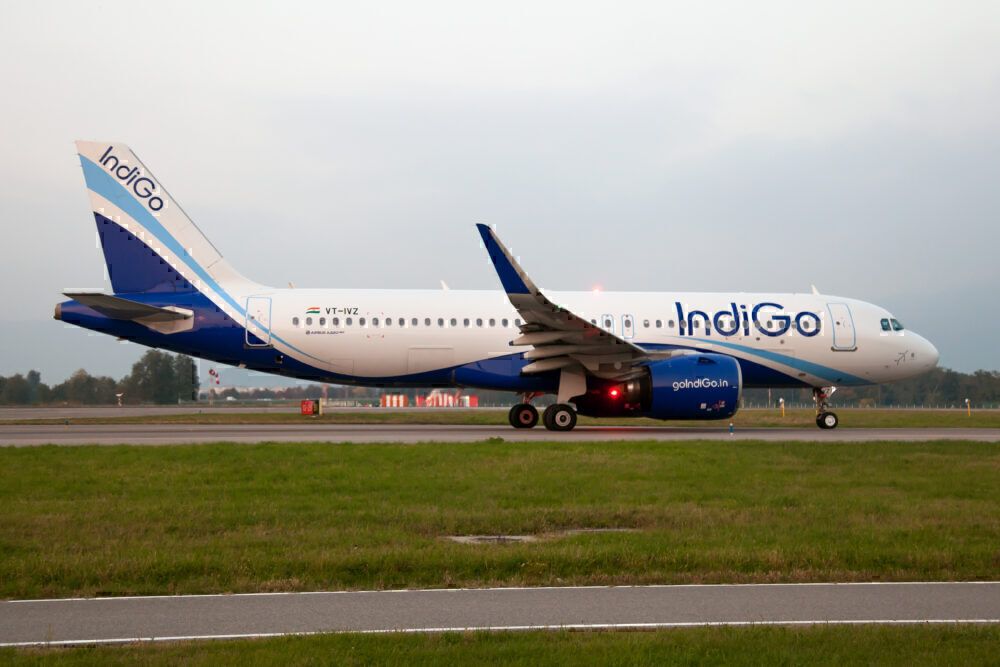While airlines worldwide delayed or canceled their large aircraft orders, one airline stood out with its deliveries. Low-cost carrier IndiGo took delivery of 44 aircraft in 2020, nearly as many as the year before. So how did IndiGo take delivery of so many aircraft in aviation's worst year?
Keep going
IndiGo, the world's largest A320neo operator, has ordered over 700 A320neo family aircraft in the last decade, including 300 in October 2019. However, as 2020 rolled around and airlines quickly realized they'd be grounded or flying at minimal capacity for months, they promptly began negotiating with Airbus and Boeing to defer or cancel orders.
IndiGo took a different route, opting to aggressively add aircraft to its fleet instead. Data from Planespotters.net shows that while the airline only took delivery of three planes in February 2020, it upped this figure to five in March, just as the pandemic's effects became clear.
The airline took delivery of five planes in May, seven in September, six in October, and five in December. Other months saw slightly fewer planes at only two or three each. Overall, IndiGo received 44 aircraft in 2020, made up of 24 A320neos and 20 A321neos.
Compared to 2019, IndiGo only took delivery of two fewer A320s. So why did the airline add so many planes despite low demand? The answer is efficiency.
Stay informed: Sign up for our daily aviation news digest.
Efficiency
In June, IndiGo announced that it would retire its entire fleet of A320-200s, also known as A320ceos. These aircraft were the predecessor to the A320neo (New Engine Option) and lack the efficiency improvements of the newer planes. At the time, the airline had 120 A320ceos, making up the bulk of its fleet.
To replace these planes, IndiGo opted to ramp up deliveries of the A320neo at a time when all other airlines were slowing down. In a statement, CEO Ronojoy Dutta said,
“We see an opportunity here to make the fleet more efficient. Particularly with the old classic [A320] ceos, which includes maintenance costs, which you know have been a real problem for us all through the year. We’re going to return them as rapidly as possible and therefore reduce our maintenance costs. At the same time, we will be taking deliveries of the new [A320] neos to help us with our fuel cost efficiency.”
Data shows that IndiGo has been returning its A320ceos to its lessors quickly over the last year. Since June, the airline has retired and returned 34 of these older planes to lessors globally. The newer A320neo offers a lot more efficiency and fuel savings compared to its predecessor.
Demand growing
The retirement of the older A320s means that IndiGo needs new planes to fill the gap for passenger demand. The addition of newer aircraft will ensure that IndiGo can meet the demand of the recovering domestic market and be in pole position for when international flights restart.
IndiGo's busy delivery schedule in 2020 earned it the top spot in Airbus' books. While 2021 may have just begun, the airline has taken delivery of two A321neos, perhaps setting up another busy year.
What do you think about IndiGo's decision to add more planes? Will it pay off? Let us know in the comments below!




